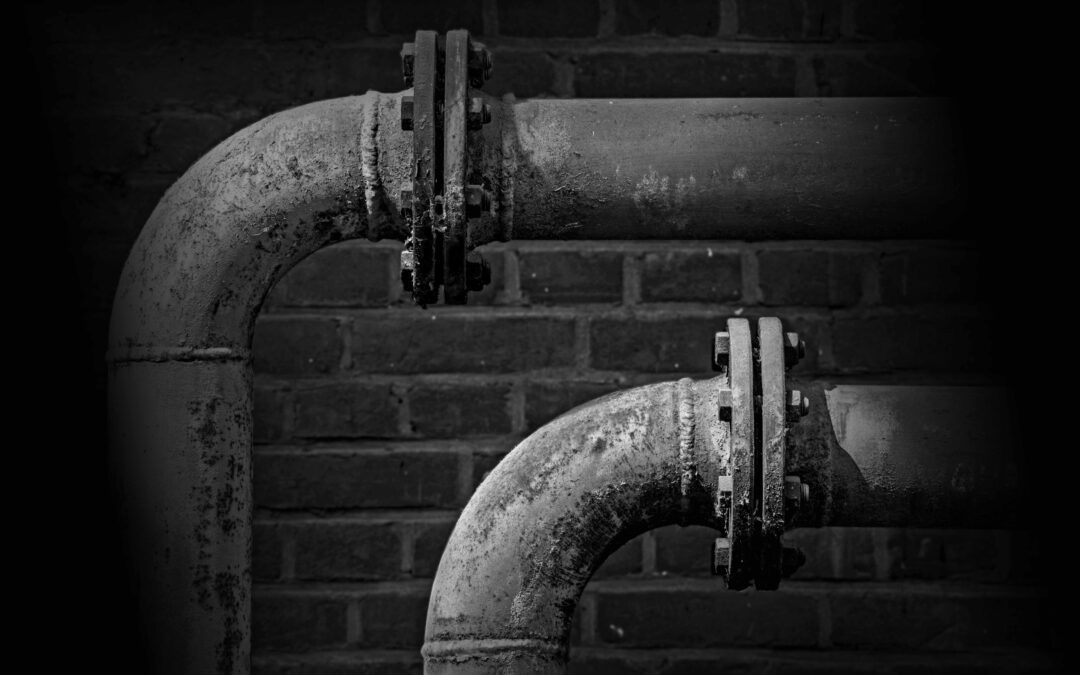In Southern California, homeowners often wonder what to do when a pipe bursts in their homes. While it may not be a common occurrence, knowing how to respond when a pipe bursts is essential. Burst pipes can lead to extensive water damage and costly repairs if not addressed promptly. This guide will help you understand the causes, signs, and steps to take when dealing with a burst pipe.
Common Causes of Burst Pipes
Burst pipes typically don’t happen overnight. Therefore, it’s crucial to inspect your plumbing system throughout the year. Some of the most ordinary causes of burst pipes include:
- Corrosion and Rust: Corrosion in pipes often occurs due to imbalances in the water’s pH levels. Rust can also lead to significant corrosion. Homes with well water are more susceptible to rusty pipes due to higher iron concentrations.
- Frozen Pipes: When temperatures drop below freezing (32 degrees Fahrenheit), the water inside pipes can freeze. This freezing causes the bonds within the pipe to weaken, ultimately leading to breaks. The rapid temperature rise or the sudden use of hot water can shatter the frozen pipe.
- Pipe Movement: Pipes may shift after winter because cold temperatures cause pipes to contract. Shifts can also happen after plumbing repairs or if water pressure becomes too high, causing pipes to shake.
- Clogs: If a clog develops deep within the pipe, water pressure builds up around it. This increased pressure forces water to leak outside of the pipe. If the pressure becomes too much for the pipe to handle, it can result in a burst pipe.
Signs of a Burst Pipe
Recognizing the signs of a burst pipe is crucial for addressing the issue promptly. Look out for these telltale signs:
- Puddles: If you notice puddles around the floor near the toilet or bathtub, a burst pipe may be the culprit.
- Low Water Pressure: A burst pipe can lead to low water pressure. When a pipe bursts, water exits through the hole instead of the faucet, causing a decrease in water pressure.
- Stains on Ceilings or Walls: The presence of stains on your ceiling or walls is an indication of a potential burst pipe.”
- Discolored Water: If the water flowing from your faucets appears reddish, it may signify rust in the pipes, which can eventually lead to pipe bursts.
- Unusual Pipe Noises: Metallic clangs and other unusual noises in your pipes can signal pipe movement, which, if left unaddressed, can lead to leaks and burst pipes. Pipes may shake when water flows through them in the presence of a break.
Taking Control: What to Do When a Pipe Bursts
A homeowner’s response when a burst pipe is suspected is critical to minimizing potential damage. Here are the steps you should take:
Step 1: Turn off the main water supply to prevent further water from entering the damaged pipe.
Step 2: Call a professional plumber immediately to assess and repair the burst pipe.
Step 3: Initiate a fast cleanup to ensure mold and mildew don’t develop. Remove standing water and thoroughly dry the affected areas.
Step 4: If the pipe burst due to freezing, increase the heat in the vicinity and use a hair dryer to thaw the frozen pipe gently.
Step 5: Promote air circulation and drying by opening inside doors and windows in the affected area.
By taking these steps promptly, you can mitigate the damage caused by a burst pipe and prevent further issues from arising. Remember that timely action is crucial in such situations.
For more information on dealing with a burst pipe and other plumbing concerns, visit SoCal Plumbers. If you’ve found this article informative and would like to receive future updates from SoCal Plumbers, please sign up for our newsletter.
Protecting your home from plumbing disasters is a proactive and essential step every homeowner should take.


